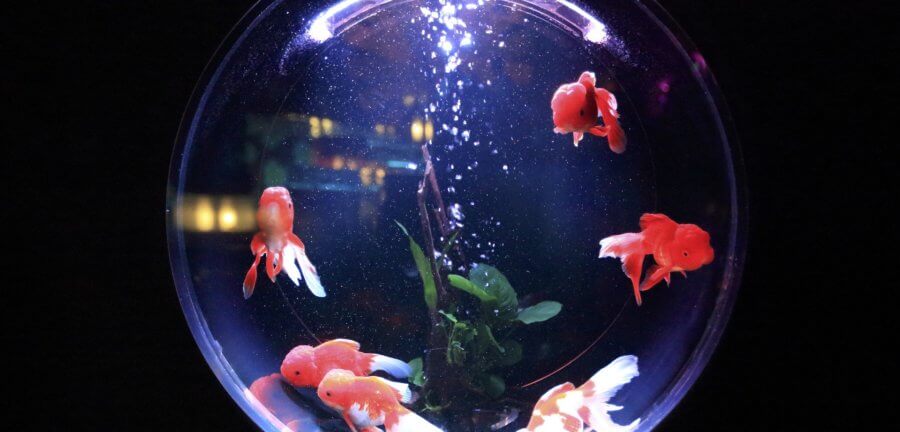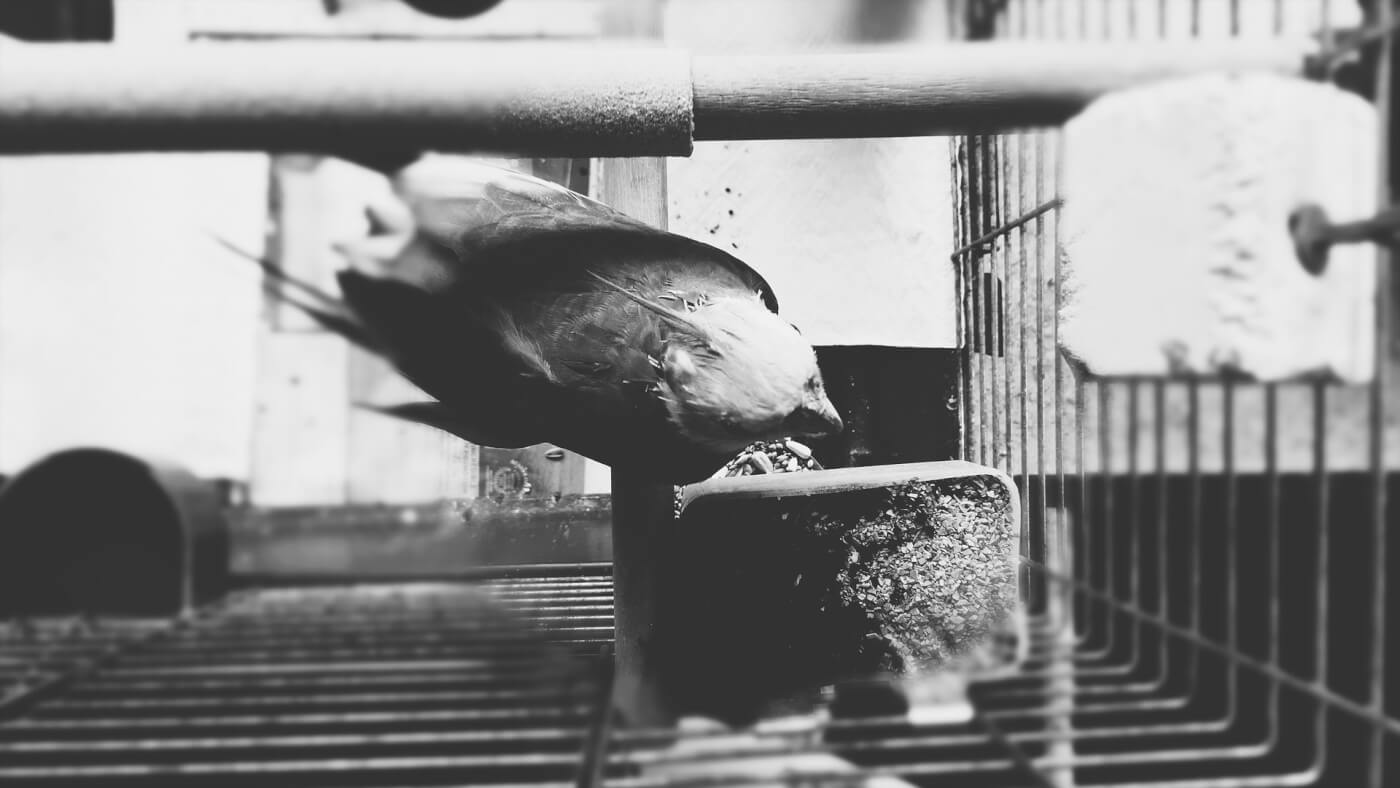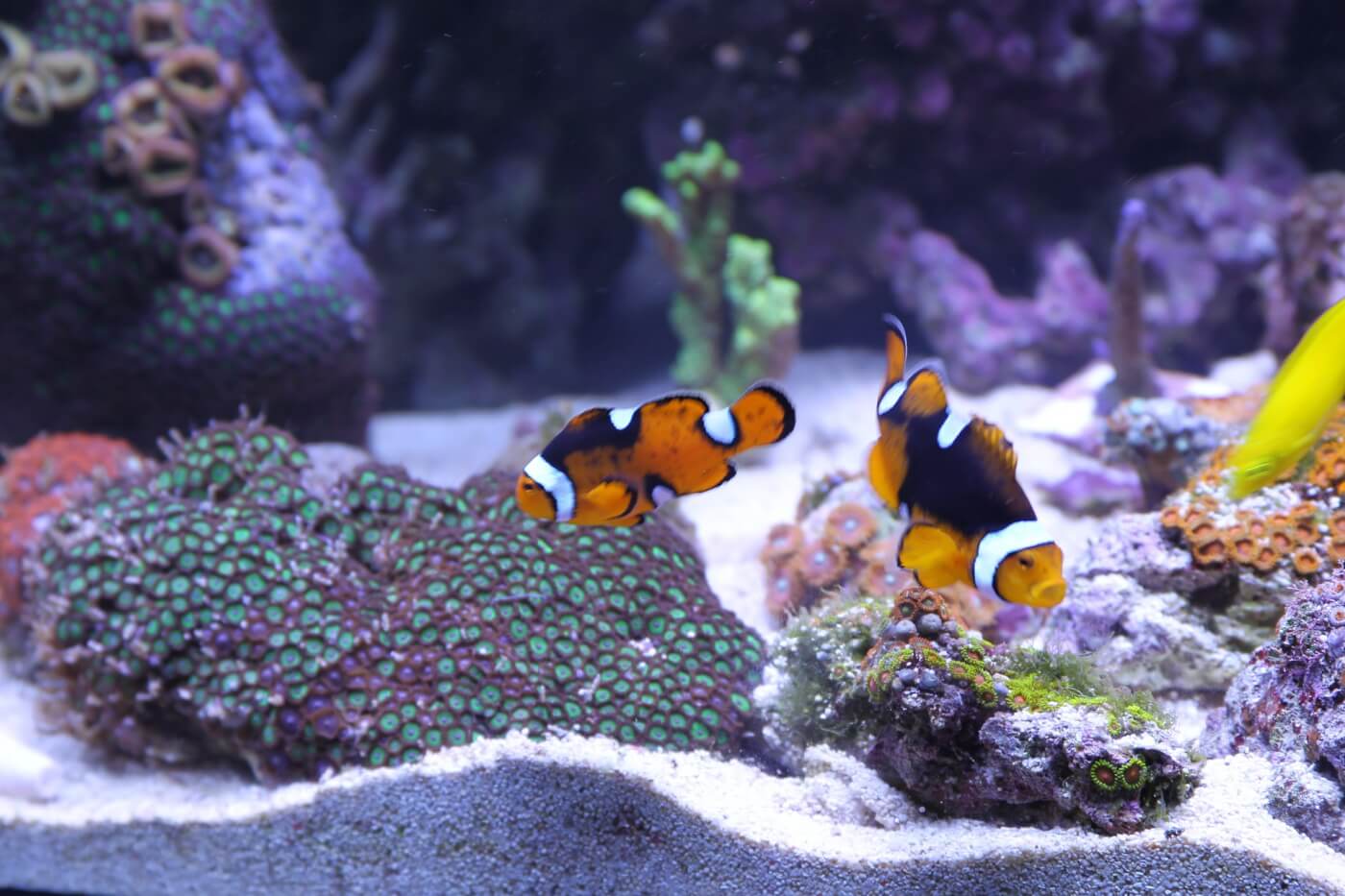Nursing homes and assisted-living facilities have had a reputation for being sterile, grim places. But as the population ages and the emotional health of senior citizens rightfully takes on more importance, it’s become a greater priority to make these facilities as welcoming and pleasant as possible. Some operators have tried to enliven them by installing aviaries or aquariums on the premises—a practice that isn’t fair to birds, fish, or residents who care about animals.
Even the largest cage in the world can never provide birds with their most fundamental need: the freedom to fly. Birds are inquisitive, and their lives are filled with activity. When constantly caged, they can slowly go mad from depression and may become aggressive, neurotic, or even self-destructive. Many captive birds are so stressed that they pluck out their own feathers until they’re bleeding and raw.
Fish in tanks endure similar deprivation. They crave stimulation from other fish and from their environment. The biggest, most well-maintained aquarium can’t compare to the open ocean where they belong.
Approximately 95 percent of the saltwater fish sold in pet shops are captured from the wild, mostly from the waters around Fiji, Indonesia, the Philippines, and other Pacific islands. Divers often squirt cyanide or other poisons into the coral reefs where the fish live. Cyanide is used to stun them so that they’ll drift out of the reef for easy collection. It also sends many fish into spasms, making them easy to grab with hands or nets. Marine experts estimate that half the affected fish die on the reef, and as many as 40 percent of those who survive the initial poisoning die before they reach an aquarium.
Goldfish are usually bred and raised in giant tubs on farms that raise as many as 250 million of them a year. Many are doomed to live inside plastic bags or cramped glass bowls, neither of which provides the space or oxygen that goldfish need.
If seniors knew that the animals who are being forced to act as living decorations need and want so much more, they’d be among the first to demand alternatives. One idea that’s growing in popularity is the lifelike animatronic cat, a soft toy that can purr, meow, move, and respond in realistic ways when petted or hugged. It’s calming and also entertaining.
But any stuffed toy can provide comfort. Many caregivers report that after giving an older adult a stuffed toy animal, they’ve seen their patients become happier, calmer, and more engaged. Stuffed toys also appeal to some visitors (especially grandkids).
Other on-site features, such as courtyard gardens with bushes to attract butterflies and indoor plants that residents can tend to, murals, water features, and tranquility rooms with music, candles, and aromatherapy can improve the surroundings and enrich people’s sense of community.
Everyone deserves a safe, comfortable, and happy home—and that includes birds and fish.







